As inflation continues to squeeze American households, residents of New York State, and particularly New York City, are bracing for more economic strain. Skyrocketing prices on everything from groceries to utilities have left many families wondering how to make ends meet. But now, there’s a silver lining: a new relief initiative that promises $500 checks for eligible New Yorkers. Designed to counteract the crushing burden of inflation, this program marks a significant step toward financial reprieve for working-class families and individuals alike.
Understanding the Inflation Crisis in New York
Inflation isn’t a new phenomenon, but its impact in recent years has been particularly intense. The post-pandemic economy, international conflicts, supply chain disruptions, and labor shortages have all converged to drive prices up in nearly every sector. According to recent data, New York City has seen inflation rates outpace the national average, with housing, food, and transportation leading the charge.
For instance, the average cost of a one-bedroom apartment in Manhattan has climbed to nearly $4,300 per month. In boroughs like Brooklyn and Queens, prices have also surged, with rents reaching historic highs. Grocery bills have increased by over 20% since the beginning of the pandemic, with essentials like eggs, milk, and bread becoming increasingly unaffordable for low- and middle-income families.
Gas prices, while more stable now than in 2022, remain volatile and significantly higher than pre-pandemic levels. For residents commuting from suburban areas like Yonkers, White Plains, or Long Island into Manhattan, transportation costs have added an extra layer of financial strain.
The State’s Response: What the $500 Checks Mean
In response to the inflation crisis, New York State officials have launched a targeted relief effort aimed at the most vulnerable populations. Under this initiative, one-time direct payments of $500 will be distributed to eligible residents. While the amount may not seem like a game-changer to some, for many, it can be the difference between keeping the lights on and facing disconnection.
The program will prioritize households earning below a certain income threshold, focusing on those who receive existing state or federal benefits. This includes recipients of programs like SNAP (Supplemental Nutrition Assistance Program), Temporary Assistance for Needy Families (TANF), and Medicaid. Families with children, seniors, and people with disabilities are also at the forefront of eligibility.
Cities and Communities That Will Benefit the Most
New York City
Naturally, the lion’s share of relief will go to New York City, where the cost of living remains one of the highest in the world. Boroughs such as the Bronx and Brooklyn, where poverty rates are higher and food insecurity is more prevalent, are expected to see the greatest impact from the $500 checks.
In the South Bronx, nearly 40% of residents live below the poverty line. These checks could help offset monthly expenses or provide a temporary cushion against accumulating debt. In East New York, a working-class neighborhood in Brooklyn, the relief is expected to provide families with some much-needed breathing room.
Buffalo
Buffalo, the second-largest city in the state, has also been hit hard by inflation. Though the cost of living is significantly lower than in New York City, stagnant wages and high unemployment in certain neighborhoods have made life challenging for many. The $500 checks can help households in East Buffalo or the Fruit Belt community with rising utility bills or back-to-school expenses.
Rochester
Rochester has a strong community network, but many residents live paycheck to paycheck. The arrival of $500 in direct assistance is expected to stimulate local economies and help stabilize household budgets. In areas like the 19th Ward or Marketview Heights, this could mean fewer families having to choose between food and medication.
Syracuse and Albany
In Upstate New York cities like Syracuse and Albany, where the economic recovery has been uneven, the relief checks are a welcome development. Families in low-income districts and communities of color will see tangible benefits, from paying overdue rent to catching up on childcare costs.
The Economic Rationale Behind Direct Payments
Why direct payments? The logic is simple: when people are given money directly, they tend to spend it immediately on essential goods and services. This kind of stimulus not only helps individuals but also boosts local economies. Small businesses, which have been particularly vulnerable during the pandemic and post-pandemic periods, stand to gain as well.
By injecting cash directly into the hands of consumers, the state avoids bureaucratic slowdowns and ensures the money circulates quickly. For example, a mother in Queens might use the check to purchase groceries and pay for school supplies. The grocer benefits, the retailer sees increased sales, and the economy experiences a small but meaningful uptick.
How the Program Will Be Rolled Out
State officials have confirmed that the distribution of the $500 checks will begin in phases. Priority will be given to individuals and families already enrolled in existing public assistance programs. These recipients will not need to apply, as the state will use its administrative systems to identify and process eligible households.
The initial wave of payments is expected to reach households in late summer, with a goal of having most checks delivered by early fall. Distribution will occur via direct deposit where possible, or physical checks for those without bank accounts on file.
Public Reaction and Community Voices
The reaction from New Yorkers has been overwhelmingly positive, particularly among those hardest hit by inflation. Community leaders across boroughs and cities are voicing strong support for the initiative.
In Harlem, community advocate Jeanette Morales says the relief couldn’t come at a better time. “People are stretched to the limit. Rent is high, groceries are expensive, and school’s about to start. That $500 may not fix everything, but it helps,” she shared during a recent community meeting.
In Buffalo, local pastor and food pantry operator Marcus Jefferson noted an uptick in demand over the summer. “We’ve seen families who never used our services before come through our doors. This payment will provide real dignity and relief,” he said.
Challenges and Limitations
While the relief program is a strong start, it is not a cure-all. Inflation is a persistent and multifaceted issue, and one-time payments, while helpful, do not address the root causes. Critics argue that deeper, systemic reforms are needed, including investments in affordable housing, healthcare, childcare, and education.
There are also logistical challenges. Some eligible individuals may fall through the cracks due to outdated contact information or bureaucratic red tape. Undocumented residents, who often face the brunt of economic downturns, are not included in the program despite their contributions to the local economy.
Moreover, there is concern about the long-term sustainability of such relief efforts. Unless inflation is curbed and wages keep pace with rising costs, the demand for ongoing assistance will likely persist.
The Bigger Picture: A Trend Toward Economic Equity
The $500 checks are part of a larger trend toward more progressive, equity-focused economic policies in New York. Recent years have seen a surge in initiatives aimed at combating income inequality, including rental assistance programs, expanded unemployment benefits, and emergency food aid.
New York’s approach could also set a precedent for other states. As inflation remains a national issue, similar relief efforts are being discussed or implemented in places like California, Illinois, and New Jersey. If the program in New York proves effective in easing financial pressure and stimulating the economy, it may serve as a model for broader federal action.
Tips for Making the Most of Your Relief Check
If you’re eligible and expecting to receive one of these checks, here are a few ways to maximize its impact:
- Prioritize Essentials: Use the funds for rent, utilities, food, and medication before anything else.
- Avoid Predatory Lending: Be wary of payday lenders or check-cashing services that charge high fees.
- Leverage Community Resources: Pair the check with local food pantries, clothing banks, and nonprofit services for greater impact.
- Start a Small Emergency Fund: If your immediate needs are covered, consider saving a portion to buffer future emergencies.
Looking Ahead: What’s Next for New Yorkers?
The $500 checks represent a meaningful step forward, but they’re just one piece of a much larger puzzle. Inflation is not likely to disappear overnight, and New Yorkers will need ongoing support to navigate the uncertain economic road ahead.
Policymakers are already considering additional measures, including rent control expansions, public transportation subsidies, and further rounds of direct payments. With federal support, New York could become a leader in building a more resilient and equitable post-pandemic economy.
New Yorkers are resilient by nature. From the subway conductors in the Bronx to the teachers in Buffalo, from the deli owners in Queens to the nurses in Albany—everyday people continue to adapt, survive, and support one another. The $500 checks are a nod to that resilience and a reminder that in times of crisis, solidarity and smart policy can go hand in hand.
Final Thoughts
As inflation continues to test the limits of everyday life in New York, the state’s decision to distribute $500 relief checks is a welcome and necessary move. For many, it’s a chance to breathe easier, even if just for a moment. While not a panacea, this measure signals a broader commitment to economic justice and a recognition of the real struggles people face.
Whether you’re a single parent in Brooklyn, a retiree in Rochester, or a frontline worker in Queens, this relief could offer the small but vital support needed to keep moving forward. And in a city and state as dynamic, diverse, and determined as New York, that can make all the difference.
Would you like this article formatted as a PDF or ready to publish on a blog platform like WordPress?

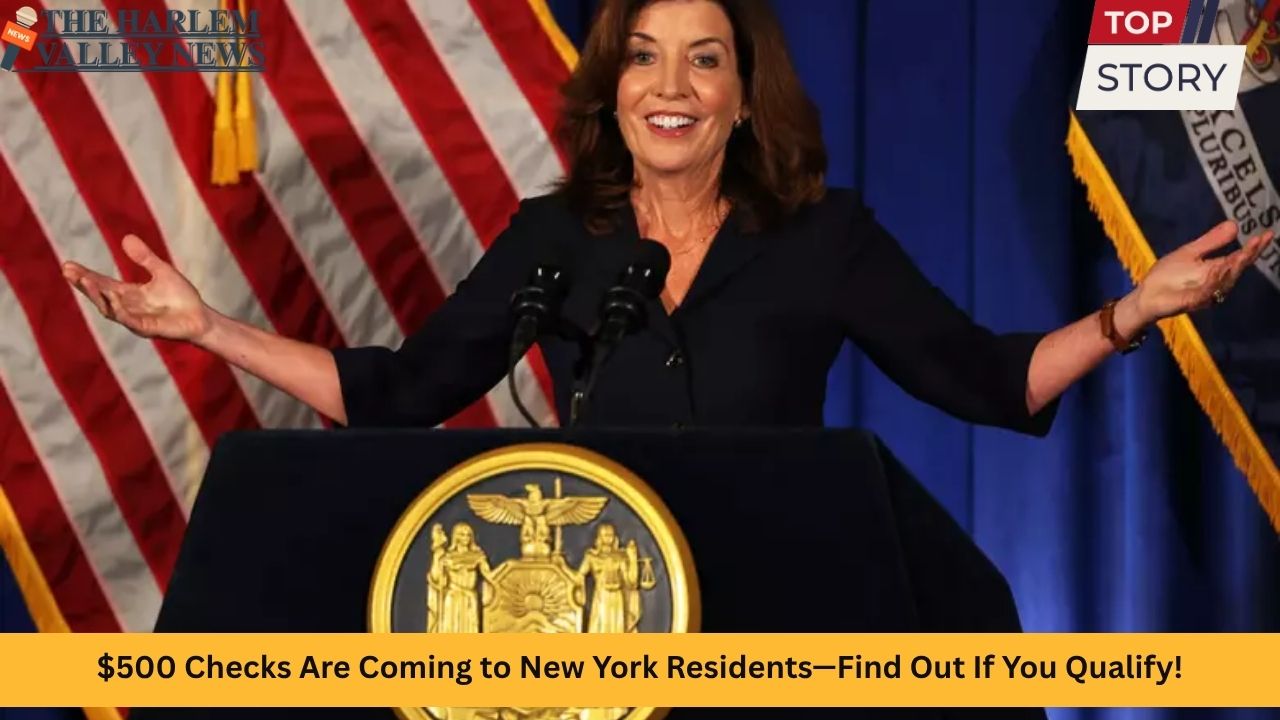



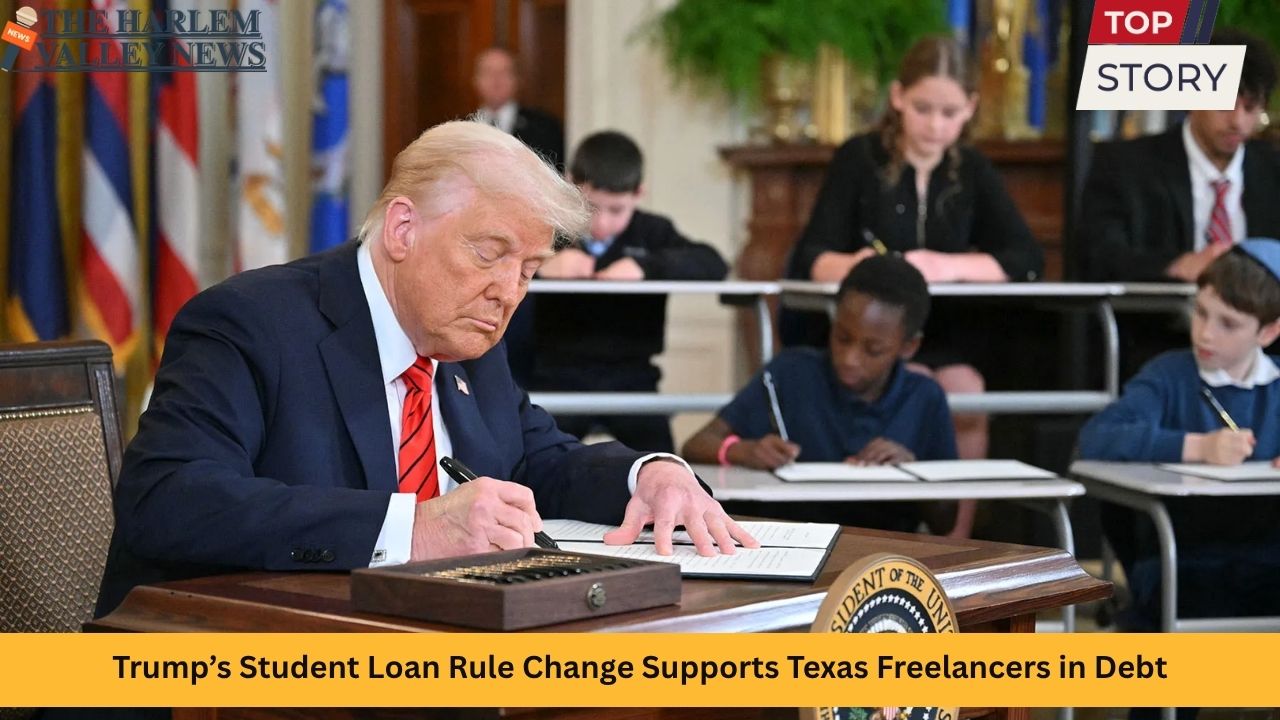
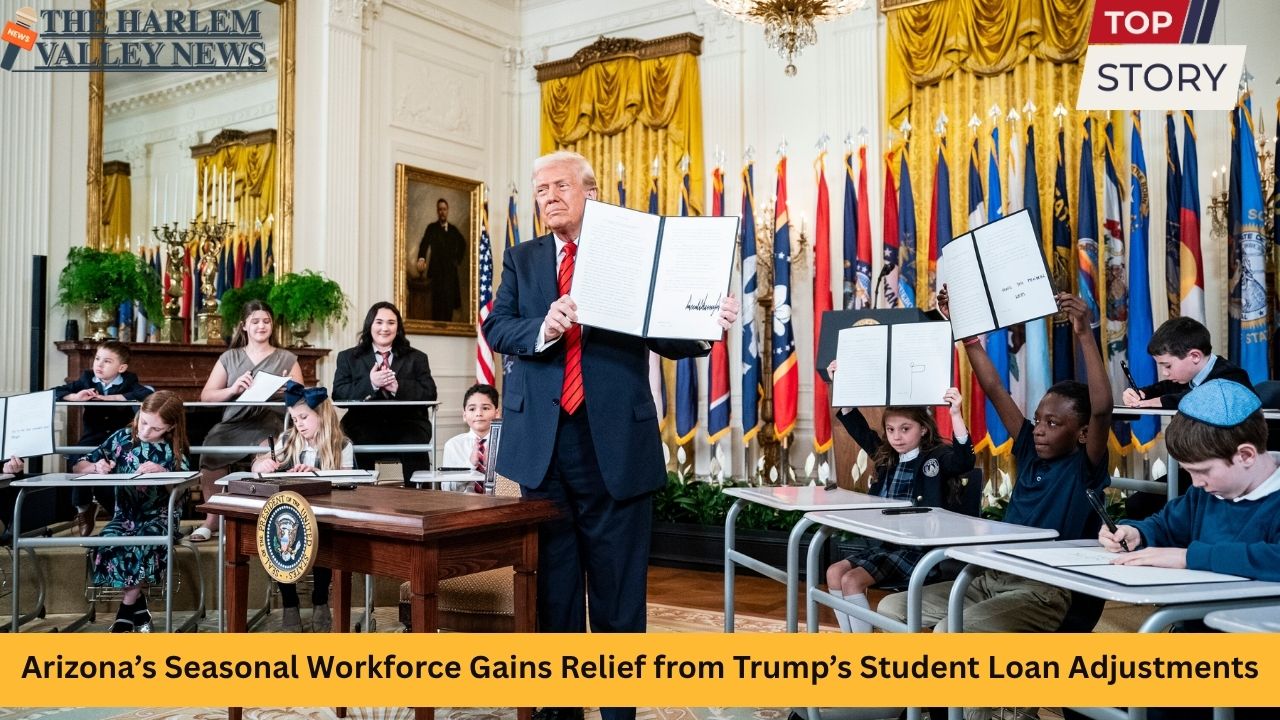
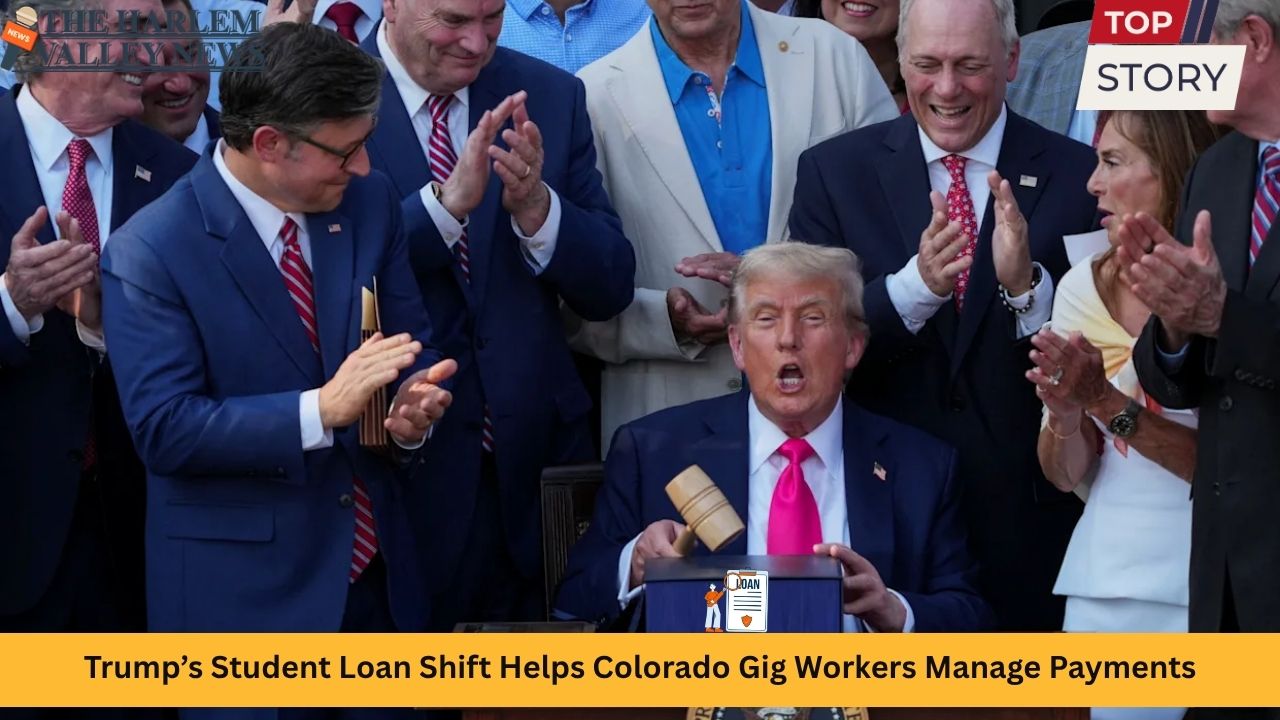
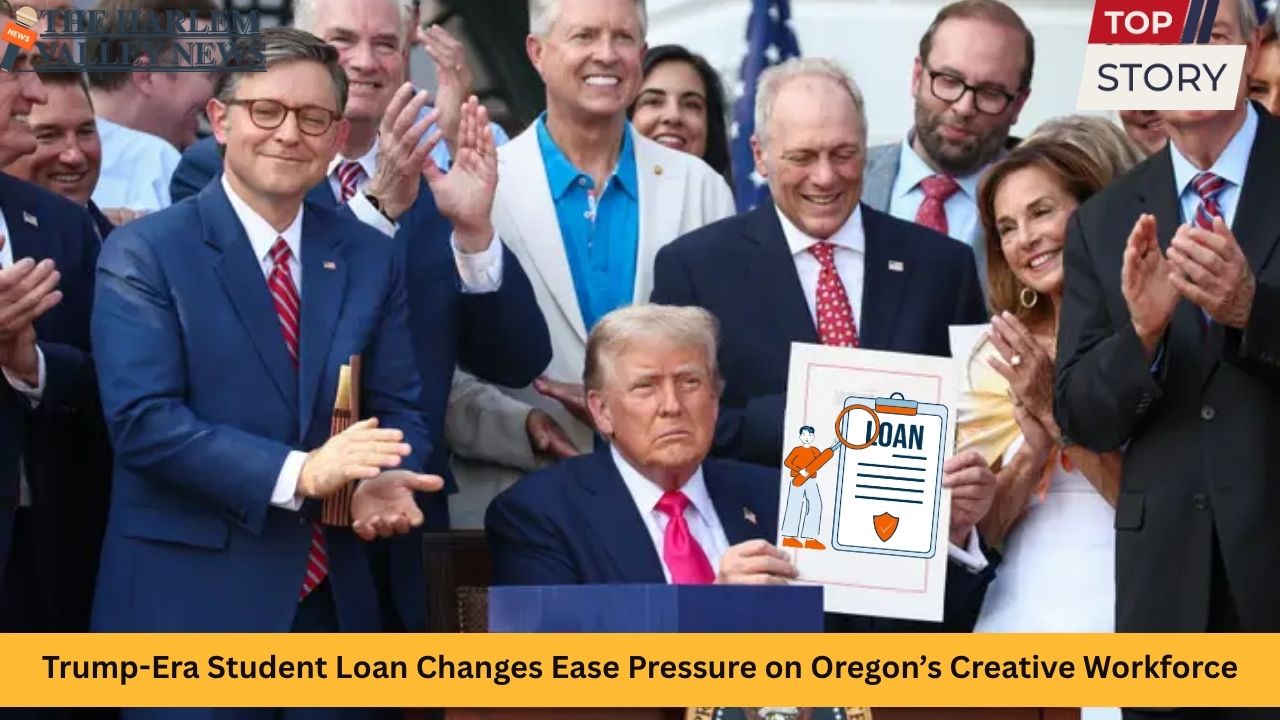
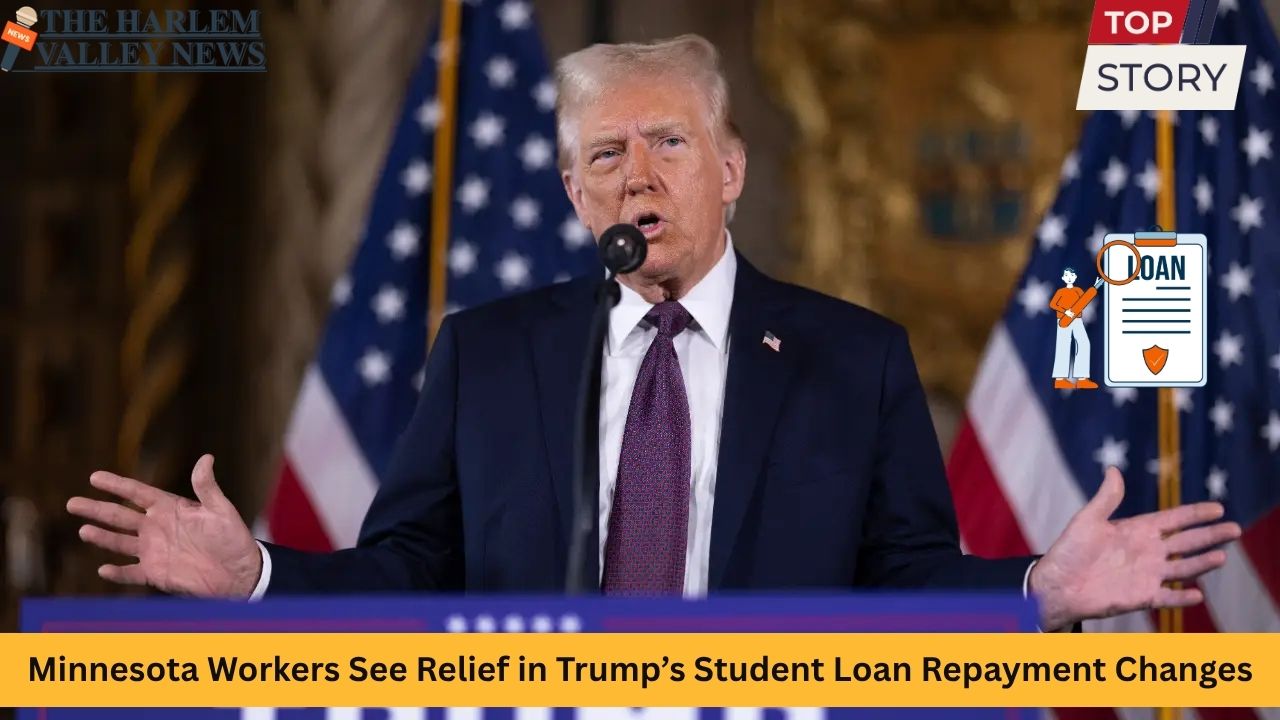
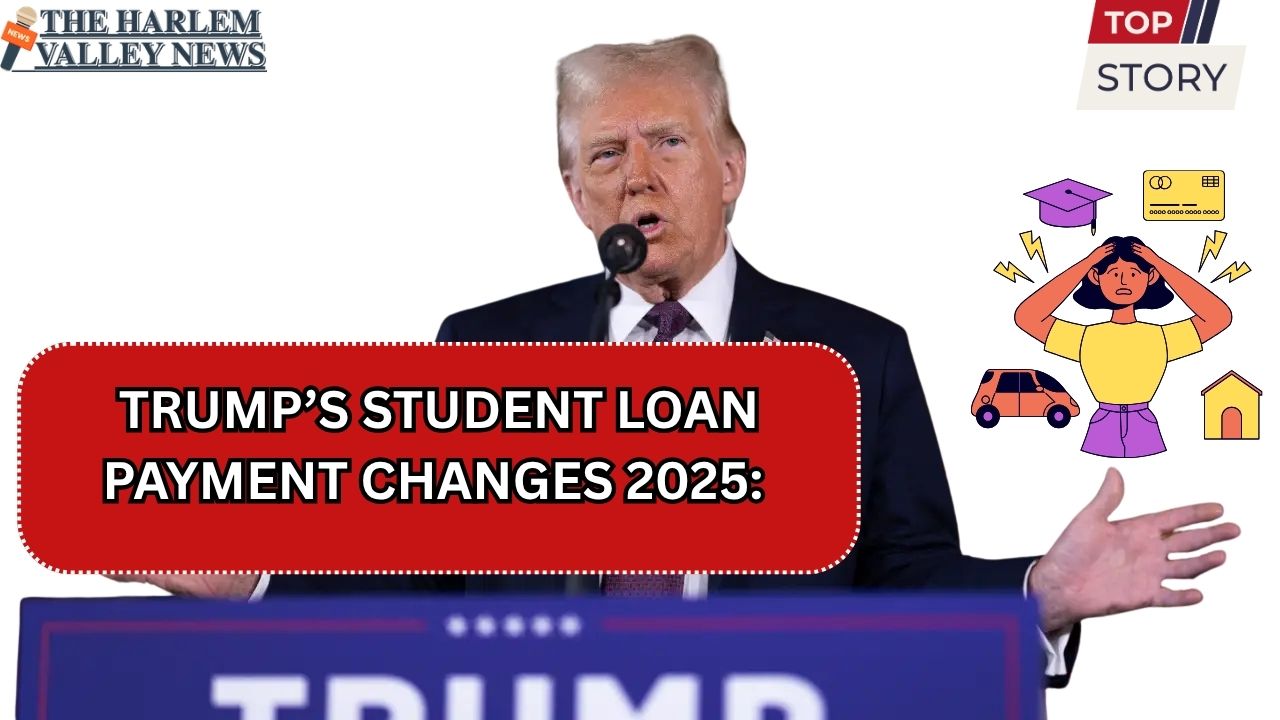

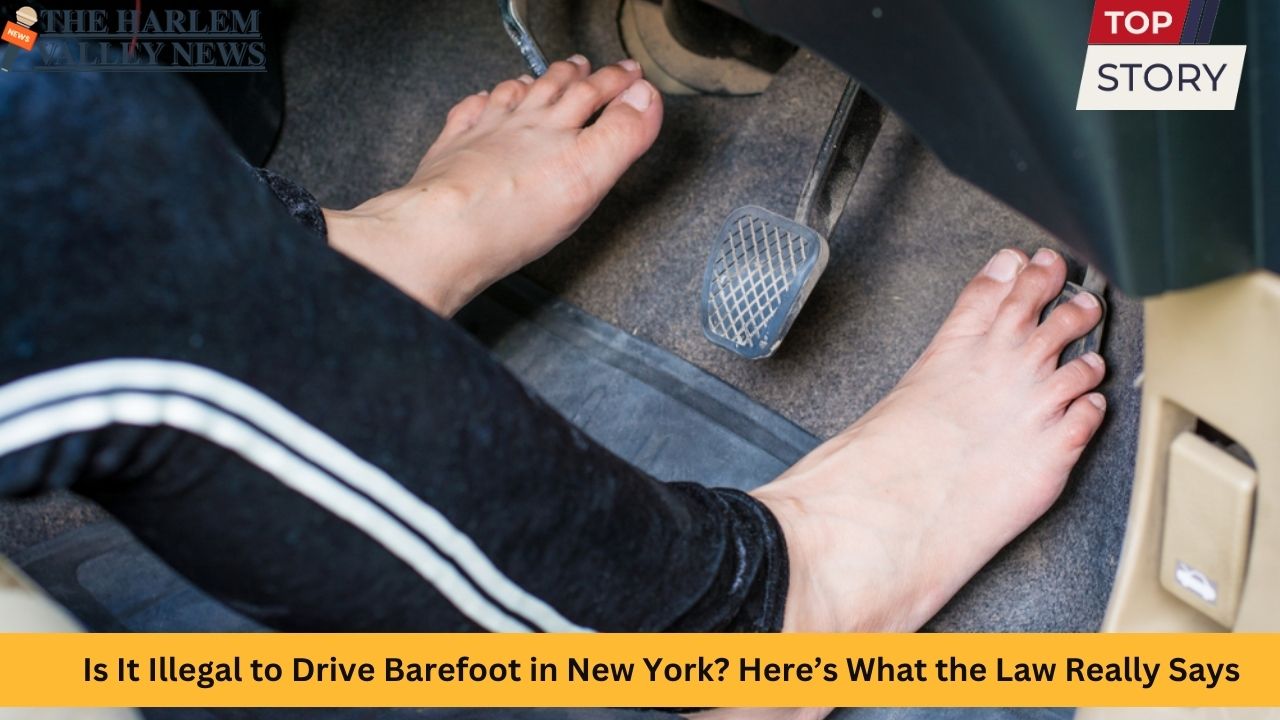

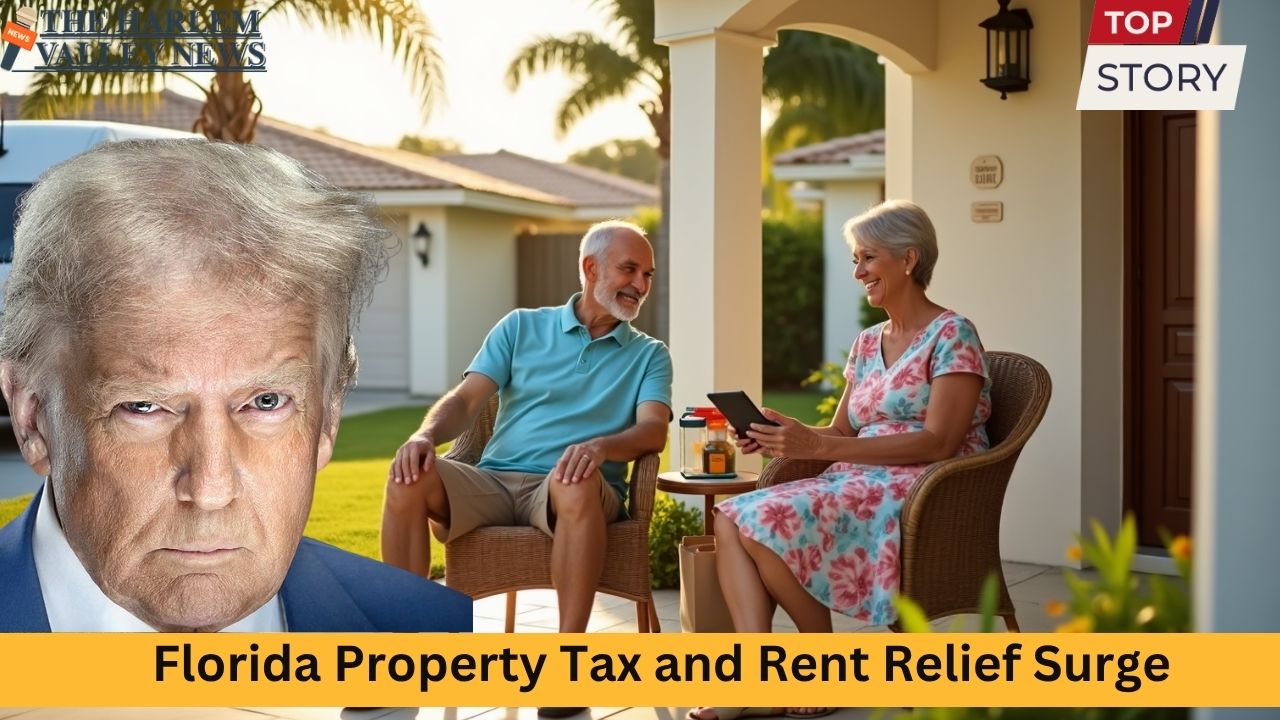


Leave a Reply